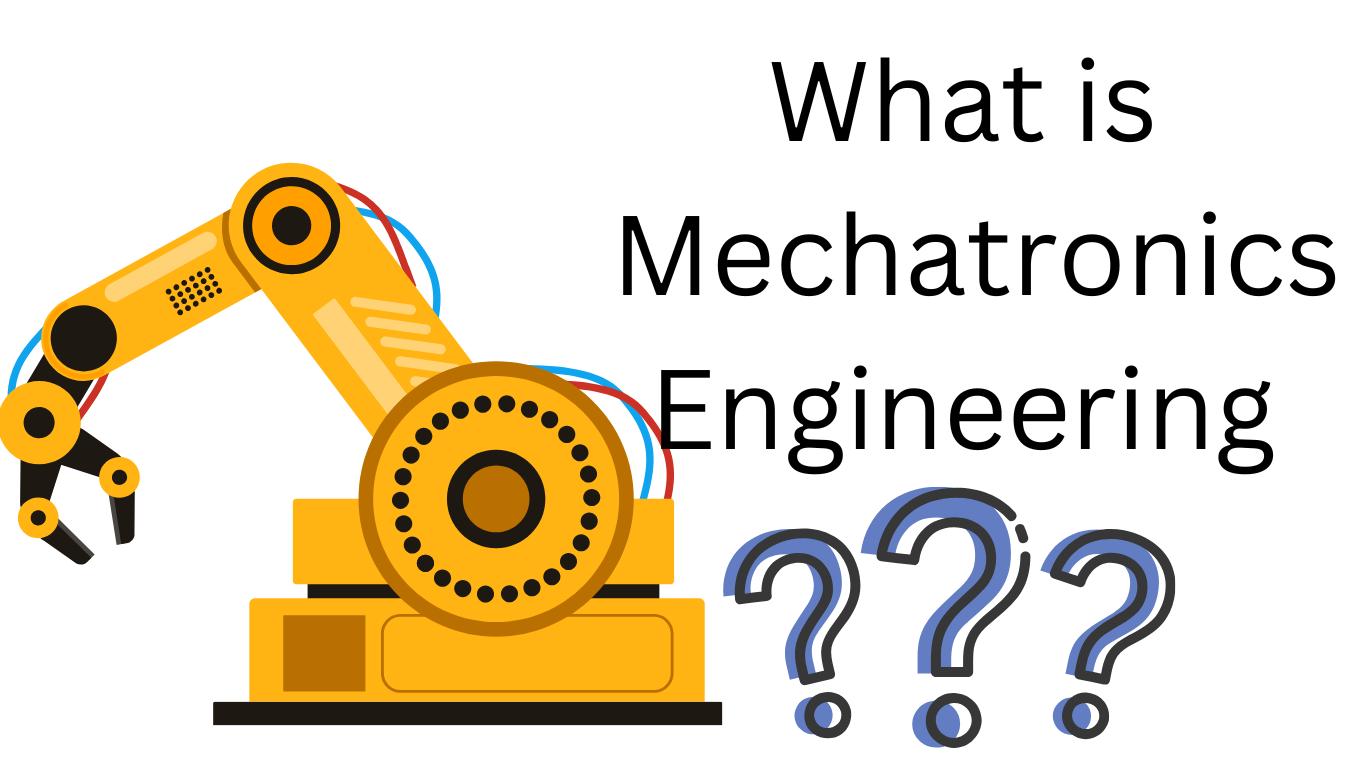Introduction to Mechatronics
Mechatronics is an interdisciplinary branch of engineering that combines mechanical, electronic, computer, and control engineering to design and develop intelligent systems and automated machines. It plays a crucial role in modern technology, from robotics to industrial automation.
Fundamentals of Mechatronics
Basic Principles
Mechatronics integrates multiple engineering disciplines to develop efficient and intelligent systems that perform automated tasks. & Mechatronics Fundamentals
Evolution of Mechatronics
Originally emerging from mechanical and electrical engineering, mechatronics has evolved to incorporate digital technology, AI, and smart systems.
Role of Engineers in Mechatronics
Mechatronics engineers focus on designing, integrating, and maintaining automated systems and robotics for various industries.
Major Components of Mechatronics
Mechanical Systems
The physical structure and movement mechanisms of mechatronic devices.
Electronic Systems
Circuitry, power management, and communication systems used in automation.
Control Systems
Ensuring stability and responsiveness in automated systems through sensors and control algorithms.
Computer and Software Integration
Programming, data processing, and networking for intelligent system control.
Key Technologies in Mechatronics
Sensors and Actuators
Devices that detect environmental changes and execute mechanical actions accordingly.
Microcontrollers and Embedded Systems
Computational units that control mechatronic devices with real-time processing.
Signal Processing
Techniques for analyzing and refining sensor data for decision-making.
Artificial Intelligence in Mechatronics
AI-driven automation and decision-making for smart machines and robotics.
Mechatronics Systems and Applications
Robotics and Automation
Robotic arms, industrial automation, and AI-driven robotic systems.
Automotive Mechatronics
Self-driving cars, electric vehicle control systems, and safety mechanisms.
Aerospace and Defense
Drones, UAVs, and intelligent navigation systems for aviation and military applications.
Medical and Healthcare Devices
Surgical robots, prosthetic limbs, and automated diagnostic tools.
Role of Control Systems in Mechatronics
Open-Loop vs. Closed-Loop Systems
Understanding feedback-based and non-feedback-based control mechanisms.
Feedback Mechanisms
How sensors and actuators interact for automated responses.
PLCs and SCADA Systems
Industrial control and monitoring systems for smart manufacturing.
Challenges in Mechatronics Engineering
Integration Complexity
Merging mechanical, electrical, and software components seamlessly.
Cost and Resource Optimization
Balancing efficiency with budget constraints in system design.
Cybersecurity in Smart Systems
Protecting connected mechatronics devices from cyber threats.
Maintenance and Troubleshooting
Ensuring reliability and long-term functionality of automated systems.
Future Trends in Mechatronics
Industry 4.0 and Smart Manufacturing
The integration of IoT, AI, and robotics in manufacturing.
Human-Robot Collaboration
Cobots (collaborative robots) designed to work alongside humans safely.
IoT and Edge Computing
Real-time data processing and connectivity in smart systems.
Bio-Mechatronics and Wearable Technologies
Advancements in prosthetics, exoskeletons, and health-monitoring devices.
Case Study on Mechatronics
Example of an Innovative Mechatronics Application
The development of robotic-assisted surgery has revolutionized precision in medical operations.
Lessons Learned
- Integration of robotics in healthcare enhances precision and reduces errors.
- AI-driven automation improves real-time decision-making.
- Mechatronics continues to evolve with advancements in AI and IoT.


